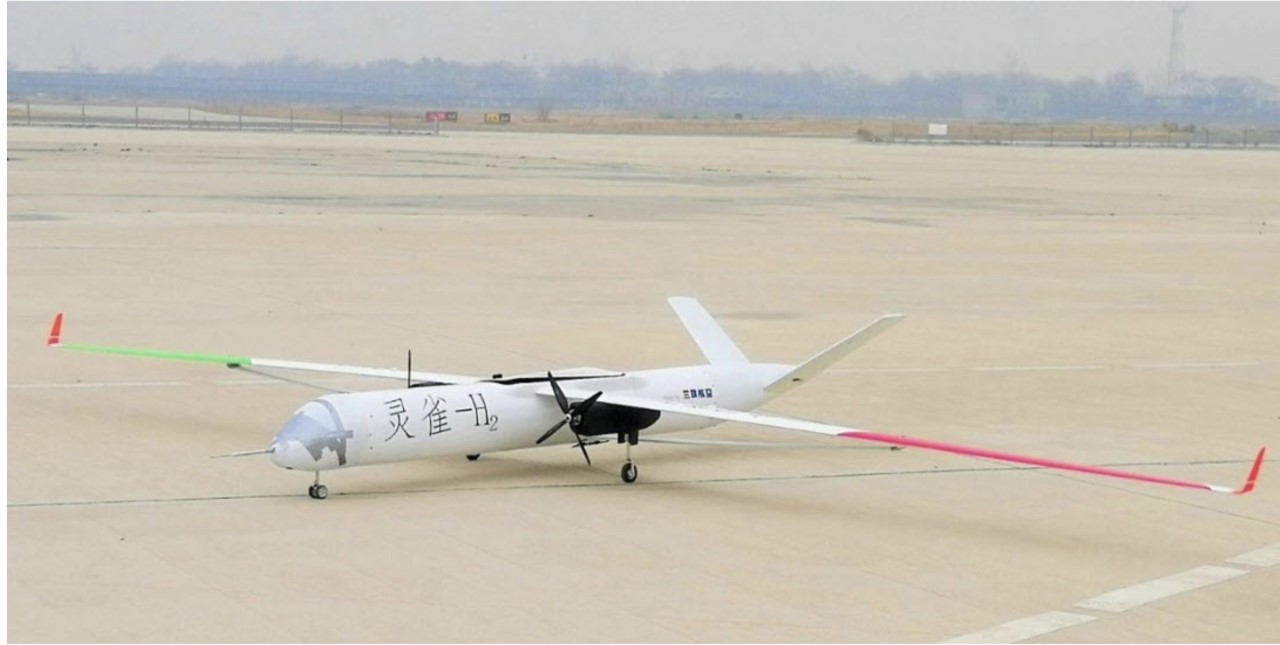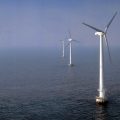Over the next decades, China will ultimately establish a conventional aviation industry. Meanwhile, the country can overtake its Western counterparts in developing the green aircraft of the future, where everything has to be invented, from design to infrastructure, including components and composite materials.
China Eastern Airlines recently signed with state-owned Commercial Aircraft Corporation of China (COMAC) a purchase contract for its narrow body medium-haul passenger jet C919. Five aircraft would be introduced in the first batch, and China Eastern Airlines announced it would become the world’s first airline to operate C919 aircraft. Industry experts say that contracts for the C919 have been signed years ago by many Chinese airlines, including the state-owned big three (Air China, China Eastern and China Southern). But this announcement means that entry into service now seems closer – end 2021 or 2022 is likely.
Although China has high hopes for its C919, uncertainties remain whether the aircraft will be eventually purchased by Western airlines. According to Pascal Fabre, managing director at the global consulting firm AlixPartners, the C919 has mostly recent Western equipment and engines (LEAP 1C from CFM) and it will be an improvement in terms of performance compared to the ARJ 21, which cannot fly outside China.
“But certification by other authorities such as EASA (European Union Aviation Safety Agency) or FAA (Federal Aviation Administration) is by far not a given. Beyond China, where it will have for sure a role, without eliminating Airbus or Boeing, it might be purchased by airlines in countries where China has a strong geopolitical influence. But the domestic Chinese market is a big enough one and beyond certification, COMAC still has to establish the aircraft reliability and industrial performance, which are big steps that will take years”, Pascal Fabre said.
As for the long-range wide-body airliner CR929, its development has been from the start extremely complex from a program management and governance perspective between Russians and Chinese stakeholders. Its entry into service is not planned before the end of the decade.
Domestic carbon fibre parts
China has been developing aerostructure capabilities for a couple of decades, working initially for Western OEMs including Airbus and for domestic programs. China expanded its in-cabin capabilities with the acquisition of several suppliers (Thompson Aero Seating, AIM, FACC,..) and set them up under AVIC cabin systems. But, according to Pascal Fabre, “the engine remains a field with extremely high barriers to entry – only a handful of players globally master the architecture and materials with best-in-class technology.”
As the trade war between Beijing and Washington has morphed into a battle for tech supremacy that has spilled over into the aviation sector in the past two years, recent initiatives do indicate China’s willingness to achieve self-sufficiency. Among them,
Zhongfu Shenying recently launched an R&D and manufacturing project designed to develop carbon-fibre solutions for aviation applications.
Zhongfu Shenying (Shanghai) Technology Co., Ltd. was established within the Shanghai Yangshan Free Trade Zone at the beginning of 2021. The new company has a registered capital of 200 million yuan (30.4 million US$), and a planned investment of 515 million yuan (78.4 million US$) to focus on the research, development and manufacturing of aviation resin, aviation carbon fibre intermediates and finished products.
According to the parent company Zhongfu Shenying, owned by Chinese state-owned group CNBM, “after the project is put into production, it will further enhance the company’s strength in high-end carbon fibre application technologies, extend the downstream industrial chain, and make positive contributions to accelerating the localization of domestically-sourced raw materials for large aircraft.”
Same starting green line
On the other hand, green aerospace is a new battlefield that China has entered early. In March 2019, COMAC announced a successful test flight of its Lingque-H hydrogen fuel cell demonstrator. The Lingque H aircraft, with a wing span of six metres and supplemented by lithium batteries, can have different tails and types of landing gear. Developed as a proof of concept, the aircraft has completed ten test flights since January 2019, and the latest success means substantial progress has been made in developing new-energy civil aircraft, according to COMAC. Lingque H is jointly developed by COMAC in cooperation with the State Grid, Shenzhen-based Gree and the School of Aeronautic Science and Engineering at Beihang University.
According to Pascal Fabre, this breakthrough does not necessarily prove that China’s aviation industry is ahead of its Western counterparts in terms of hydrogen fuel cell development. “It’s difficult to comment on their maturity versus other initiatives – their demonstrator is a small one and we don’t have full clarity on the progress. Many Western OEMs and start-ups are working on hydrogen use in aviation, including via fuel cells, some targeting applications before 2025 like Universal Hydrogen, and some like Airbus aiming to mature technologies by then, with a target new green aircraft entering service by 2035”, he said.
As observed in the automotive sector, maybe China will eventually fail to lead in the conventional aviation industry, but will have all opportunities in the green aviation industry. “It’s true they have a chance on the green aviation front as everyone is on the same starting line and they have clearly identified hydrogen as a strategic priority”, Pascal Fabre commented.
The last five years have seen increasing regulatory support for the hydrogen industry in China at both the national and local levels. From 2015, the State Council has listed hydrogen as one of the key technologies in the Made in China 2025 Initiative, a national strategy to strengthen and upgrade the country’s manufacturing sector.
This article was commissioned and published by JEC Group.





